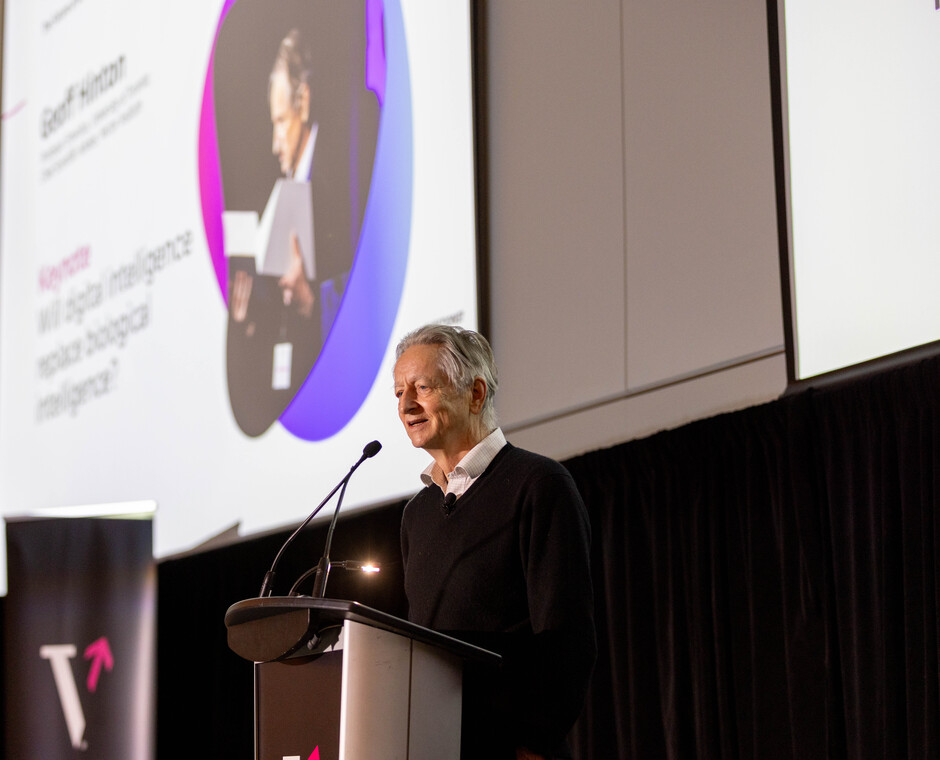Geoffrey Hinton wins Nobel Prize

Geoffrey Hinton, a University Professor Emeritus of computer science at the University of Toronto, has won the 2024 Nobel Prize in Physics.
Widely regarded as the “godfather of AI,” Hinton shared the prize with John J. Hopfield of Princeton University for foundational discoveries and inventions that enable machine learning with artificial neural networks.
Hinton said he was “flabbergasted” at the honour as messages poured in from around the world.
“I had no expectations of this,” he told U of T News shortly after the win was announced in Stockholm Tuesday morning. “I am extremely surprised and I’m honoured to be included.”
He later told reporters at a press conference he was “in a cheap hotel in California” with no Internet and a poor phone connection when he was notified about his Nobel Prize.
“I was going to get an MRI scan today, but I think I’m going to have to cancel that.”
Hinton and Hopfield are credited with wielding tools from physics to advance basic research in the field. Specifically, Hopfield created an associative memory that can store and reconstruct images in data, while Hinton invented a way to find properties in data and perform tasks such as identifying specific elements in pictures.
“On behalf of the University of Toronto, I am absolutely delighted to congratulate University Professor Emeritus Geoffrey Hinton on receiving the 2024 Nobel Prize in Physics,” said U of T President Meric Gertler. “The U of T community is immensely proud of his historic accomplishment.”
Hinton was selected for the high-profile award for his use of the Hopfield network – invented by his co-laureate – as the foundation for a new network called the Boltzmann machine that can learn to recognize elements within a given type of data.
The Boltzmann machine can classify images and generate new examples of the pattern on which it was trained, with Hinton and his graduate students later building on this work to help usher in today’s rapid development of machine learning – a technology that now underpins a host of applications ranging from large language models such as ChatGPT to self-driving cars.
By Rahul Kalvapalle
